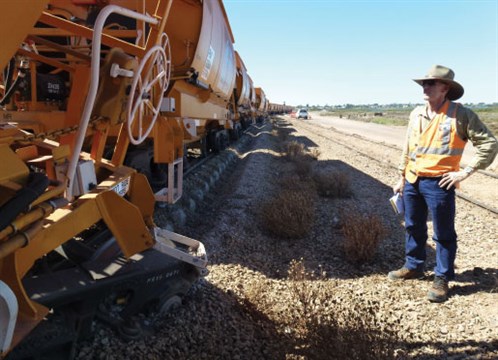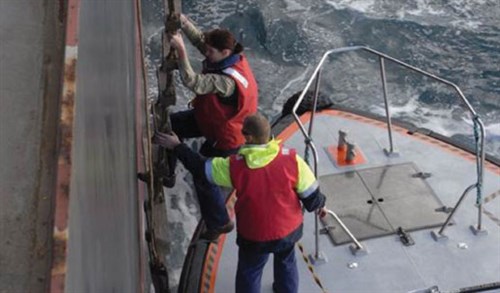When responding to accidents and serious incidents, investigators with a wide range of skills and qualifications are deployed in teams to carry out the investigation and discover what went wrong.
Most investigations (other than short investigations) involve deployment of a small team to the incident site to study the damaged or destroyed transport vehicle and other physical evidence at the site. The team also conducts initial interviews with survivors, witnesses, and people such as the operator and maintenance staff and family of the crew and passengers. Investigators will deploy to the site as soon as possible to avoid any loss of evidence that can occur over time, and also to allow quick clearance of accident sites.
The team will conduct checks on maintenance of the transport vehicle and material from the site may be brought to the ATSB’s technical facilities in Canberra for close study and technical analysis.
ATSB transport safety investigators have a wide range of skills and qualifications. Many of our investigators have had careers in the transport or defence industries before joining the ATSB. Among their number are pilots, air traffic controllers, psychologists, master mariners, train drivers engineers—from many disciplines including materials, electronics, avionics, rail, marine, aeronautical, and mechanical. In recent years we have also recruited graduates directly from university.
Many vehicles are fitted with data recorders, similar to the ‘black boxes’ that people associate with aircraft. Voyage data recorders on marine vessels, cockpit voice recordings, flight data recorders as well as train loggers, may provide data which will be downloaded and analysed using specialised equipment and processes in the ATSB’s technical facilities. Often, other electronic evidence is gathered from electronic chips in vehicle systems and components—these devices can reveal much about the performance of a trasport vehicle and its systems in the period leading up to the accident. Investigators will also gather devices such as GPS units, tablet computers and smart phones found in wreckage, which can provide valuable information such as the route taken. Air-traffic control data and in-port vessel management systems are valuable sources of data that often reveal movement leading up to an incident.
Where necessary, investigators will collaborate with academics and international specialists when additional expertise or advice is required.
In the office, the team will compile their evidence, conduct a thorough analysis and form conclusions about what might have led to the occurrence. A formal report is written and initially released to the directly involved parties, who are given the chance to comment on the factual accuracy of the report before it is completed. The final report is then approved by the Commission and formally published.
Published reports are available from www.atsb.gov.au




